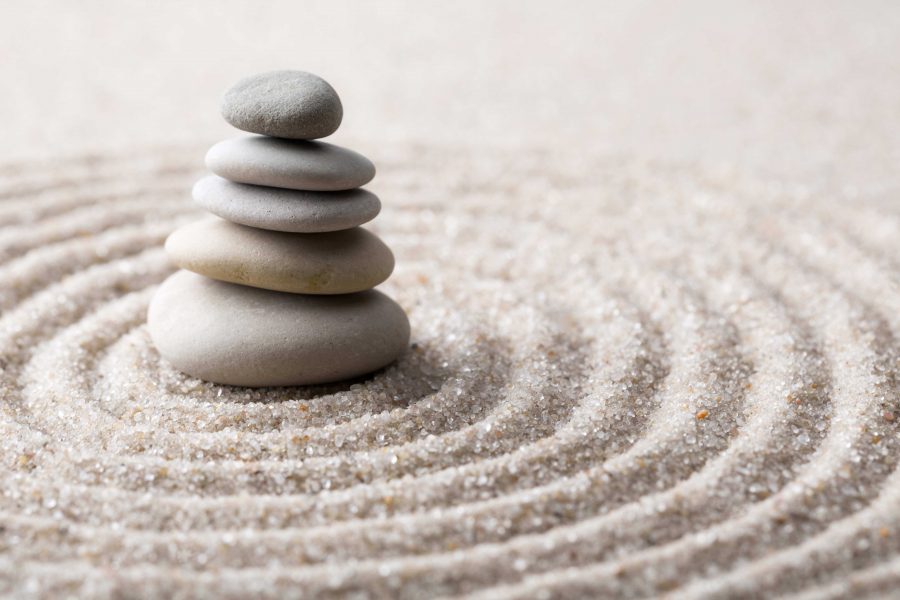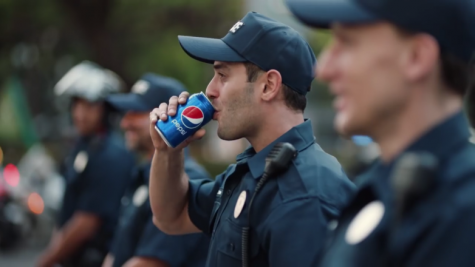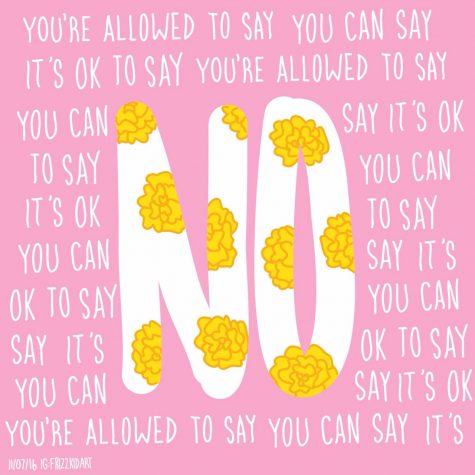What Is Mindfulness?
Mindfulness is a therapeutic technique that puts one in a mental state that focuses awareness on the current mood and state. One must acknowledge their feelings, thoughts and bodily sensations; acceptance is mindfulness. It is a concept rooted in ancient wisdom and corroborated by current science.
Mindfulness was put into perspective by the Critical Thinking teacher I had while studying at the American Business School in Paris, France. She described our minds as “wandering monkeys, swinging from branch to branch searching for the ripest of bananas.”
While she may have been a little eclectic, I think she was on to something.
Mindfulness can be practiced daily in many ways, the most popular being through mindfulness meditation. In any comfortable position that can be held for a long period of time, attention is put on the movement of breath, the abdomen, and any other internal or external sensations that one is feeling in the present moment. It is likely that the mind will wander away, no longer focusing on the pattern of breaths. In a non-judgmental way, one should return to focusing on the movement that cultivates our existence. After all, the mind is like a monkey, it gets distracted easily.
It is also purely a way of life, which focuses on the present moment, with no feelings of judgment, but observation and acknowledgment of what is happening.
As soon as our alarms go off we are jet setting for the day. Our mundane routines can consume us to the point where we don’t acknowledge how we’re feeling or self-check in. It is easy to lose touch with oneself in the bombardment of the fluff of life. This helps shift our minds from stressors of school, work, and relationships to a larger perspective on life. Back to the previous metaphor, we are like monkeys, we should take a break once in a while to observe the fruitful branches, vines and leaves that surround us. Mindfulness can increase engagement in these events and enlarge emotional capacity. It makes us recognize the moment in a way that is vivid and rich, where we focus on the details and understand the effect it has on our emotions.
If we can understand where our feelings stem from, perhaps we can control our emotions a little better.
According to HelpGuide.org, a trusted guide to mental, emotional and social health, mindfulness improves well-being, physical health and mental health.
By focusing on the present, ideally you would be less likely to get wrapped up with issues in the past or future. Mindfulness can also relieve stress, treat heart disease, lower blood pressure, reduce chronic pain, and improve sleep among other things. In recent years, psychotherapists have used mindfulness in their practice since they share the common basis of helping people gain perspective on “irrational, maladaptive, or self-defeating thoughts.” Mindfulness meditation has been instrumental in treating mental health problems such as depression, substance abuse, eating disorders, anxiety disorders…etc.
In Cincinnati, schools in the Forest Hills Schools District have begun using mindfulness exercises with students. Jean Bode, a school counselor at Wilson Elementary, says, “I tell the kids it’s paying attention on purpose and being in the present moment.” For a few minutes after the morning announcements, a selection of classical music is played over the intercom system. They have coined this exercise as “mindful music moments.” She says she sees a difference in the students attitudes being “more calm.”
Florence Griffith Joyner Elementary School, a school in the Los Angeles Unified School District, has implemented a strategy called Calm Classroom for students ranging from kindergarten to the fifth grade. Three times during the school day, teachers guide the students for three-minute mindful exercises that encourage students to refocus their attention on relaxation, deep breathing, and body awareness. Sponsors like the UCLA Center for Child Anxiety Resilience Education and Support (CARES) have been a driving force for the implementation of similar programs. Principal Akida Kissane-Long said, “The children of Joyner Elementary have responded extremely well to the Calm Classroom training and practice they received since their first day of school,” and furthermore, “Discipline referrals have admirably decreased in just three weeks of school.”
Everyone has an outlet or a place where they feel centered. For mindfulness, there are several resources and applications that can be easily integrated into a daily routine. For more information you can visit Mindful.org.

Abigail may be a Public Accounting major at Mercy College but she's not your average accountant. Abigail enjoys meditating, journaling and reading in her...













